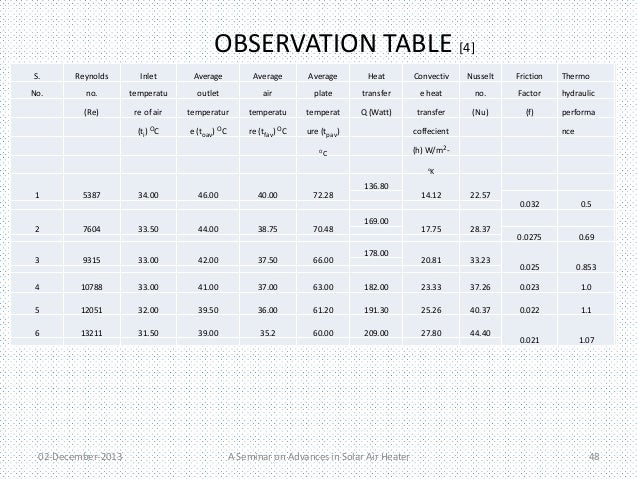
Solar Energy By S P Sukhatme Pdf Editor
The optical performance of solar central tower (CT) systems on hillsides of mountain areas is investigated based on the biomimetic spiral heliostat field distribution algorithm. The optical efficiencies and the field characteristics of different hillside solar field configurations are examined. The effect of various geometric parameters such as hillside tilt angle and the location of the receiver on the optical efficiency of the field are investigated and documented. The study is based on generating a 25 MW th power plant at the location of Sierra Sun Tower in California, USA, using Planta Solar 10 (PS10) heliostats' parameters. This study is performed numerically using a specially developed code using matlab software. The biomimetic spiral distribution pattern and the particle swarm optimization (PSO) method were used to obtain optimum solar fields. The spiral distribution shape factors were optimized for pursuing maximum annual weighted field efficiency.
Solar energy: principles of thermal collection. By J K Nayak; Sukhatme, S.P.  EBook: Document. Tata McGraw Hill India. Solar energy principles of thermal collection and storage, 6. Solar energy principles of thermal collection. By Sukhatme Suhas S. Solar energy principles of thermal collection and storage. By Sukhatme Suhas S.
EBook: Document. Tata McGraw Hill India. Solar energy principles of thermal collection and storage, 6. Solar energy principles of thermal collection. By Sukhatme Suhas S. Solar energy principles of thermal collection and storage. By Sukhatme Suhas S.
It is found that the annual optical weighted field efficiency for hillside solar fields is always lower than that for a flat field for same receiver height. On the other hand, the field land area for small hillside-slopes is smaller than that of a flat field area. It is found that there is an optimum field tilt angle where the land area is minimum. The minimum field area for the system studied in this paper was associated with (15 deg) field tilt angle. Furthermore, it was found that as the tower height increases the annual optical field weighted efficiency increases until it reaches a peak value. It was also found that, the closer the tower to the beginning of the heliostat field, the higher the field efficiency with less number of heliostats and less land area.
Copyright in the material you requested is held by the American Society of Mechanical Engineers (unless otherwise noted). This email ability is provided as a courtesy, and by using it you agree that you are requesting the material solely for personal, non-commercial use, and that it is subject to the American Society of Mechanical Engineers' Terms of Use.
The information provided in order to email this topic will not be used to send unsolicited email, nor will it be furnished to third parties. Please refer to the American Society of Mechanical Engineers' Privacy Policy for further information.

The revision of this text hallmark text on Solar Energy has been done keeping in mind the current scenario in Solar Energy requirements. As a result the book is updated with the energy scenario and the various applications of solar energy being used today. Numerous new topics comparison tables solved and unsolved problems, have been added and changes have been made to cater to the changing requirements of the students. In all it is the most updated and comprehensive yet concise book on the subject. Features New section on Wind Energy. Coverage on Solar thermal-electric power, Scheffler cooker and Spherical bowl. Applications of Phase change materials and Telecommunication Sheds described.
Enhanced coverage on Solar Cells. Discussion on Bio-diesel, and updated info on Biogas and Biomass Gasification. Pedagogy includes: Solved Examples: 70 Practice Problems:110.